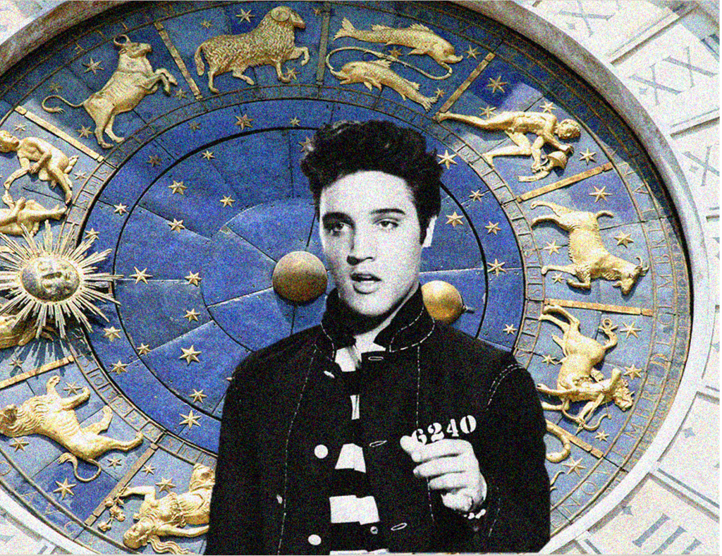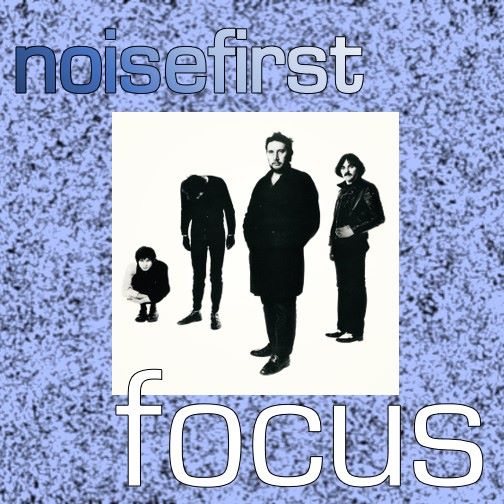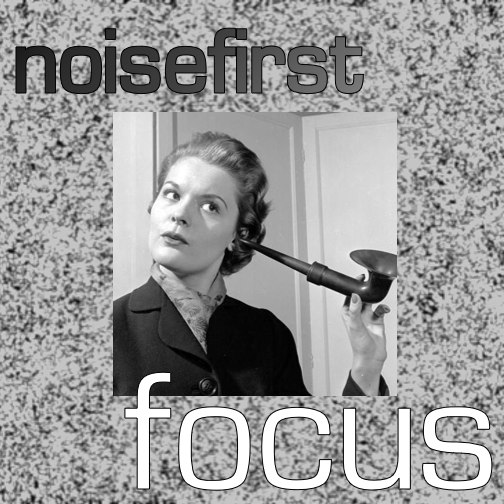Last Updated on 31/08/2020

At the risk of stating the absolute obvious, music culture simply couldn’t exist without venues. Whether it’s someone’s flat, a club, a bar or a field, providing that communal space in which people can converge, united (if only) by their appreciation of a certain sound is crucial in forging any new scene or movement.
Looking at the genesis of these different movements through the lens of their iconic venues can offer both fun and fundamental insights. For the first part of this series, we’re looking at historic hip-hop venues that played a crucially formative role in the genre’s emergence.
1520 Sedgwick Avenue
Although not technically a venue in the enduring sense, it would be criminal to start with anything but 1520 Sedgwick Avenue, a flat in the Bronx widely regarded as the birthplace of hip-hop culture.

It’s the summer of 1973, and Cindy Campbell wants to buy some new garms before term begins, but she’s out of funds (it seems that mo money mo problems isn’t quite applicable here). In an ingenious effort to raise money, she decides to throw a back to school party, making hand-drawn flyers, hiring the recreation room of her 100-unit apartment building and booking her brother Clive (none other than DJ Kool Herc!!!) to play.
In one evening, a Renaissance was born. Herc’s set was completely different to anything else around at the time: instead of the disco pop and mainstream rock that was saturating the scene, Kool mixed instrumental breakdowns with funk and soul cuts, while his friend Coke La Rock effectively MCd, shouting out their friends over Herc’s percussive intros. The seeds of hip-hop culture were sewn.

Herc was pioneering in his use of drum beats and record scratches. By 1974 he’d developed the concept of breakbeats, a seminal innovation that underpins so much of hip-hop’s sound. Described as the “merry-go-round” part of his set, he’d spin the percussion breakdowns of two tracks back to back, producing an extended break: “people were ecstatic, because that was the best part of the record to dance to, and they were trippin off it”. It all started on that August evening though, and in 2007 Herc successfully campaigned for 1520 Sedgwick Ave to be officially recognised as hip-hop’s birth place.
The Roxy
Fast forward 10 years and we’re at The Roxy, a 4000 capacity roller rink remolded by fashion manager and promoter Kool Lady Blue.

Blue moved from London to New York in ‘81 with aspirations of opening a club. The infamous Roxy initially started life as a night at the Negril, a basement East Village reggae club on Second Avenue frequented by the likes of Madonna, Julian Schnabel, Debbie Harry and John Lydon (nothing high-key). When the Negril shut in ‘82 Blue started a project of her own, fixing up a decrepit roller rink. Entrance to the club was through a long black tunnel which Blue commissioned to be graffitied; a juice bar offset a huge dance floor with a platform to elevate the DJ, with two cosmic projection screens and a wall-to-wall graffiti canvas for decoration (soon to be tagged by Basquiat, Keith Haring and Warhol).
The inspiration for the club had come a year earlier, whilst Blue was managing designer Malcolm McLaren’s Worlds End 2 store. McLaren had booked Rock Steady Crew, Fab Five Freddy, DJ Afrika Bambaataa, and DJ Jazzy Jay for a Bowowow gig at the Ritz; it was the first time Blue had been exposed to hip-hop culture (a retrospective label, it’s important to remember, as the movement was very much in its infancy), and she was “mesmerised”.
Blue credits her “Wheels of Steel” weekly hip-hop night as the first event of its kind. “These various art forms were out there – like graffitti, break dancing, MCing, DJing – and they were happening simultaneously in the Bronx and in the other boroughs like Brooklyn and Queens”, she states, but “they weren’t connected to each other”. It was Blue who pieced these elements together, combining b-boys and breakbeats with the visual arts of Basquiat and his contemporaries. Some of hip-hop’s founding fathers made regular appearances, from DJ Red Alert and Afrika Izlam to Jazzy Jay, Bambaataa and Whiz Kidd. “I think the Roxy was where this cross-cultural DIY phenomena really came together and had a home to be creative in”, Blue claims, and although the nights went downhill after she left, the cross-pollination of these underground artforms had begun.
Eve’s After Dark
It’s only fair that we turn our attention to the West Coast for a bit. Attached to Lonzo Williams’ recording studio, Eve’s After Dark was a key player in the evolution of Californian dance culture.

Craftily located within LA’s unincorporated area, the club was able to operate beyond the laws of the city, with events running deep into the morning. A former b-boy and popular mobile DJ, Lonzo took ownership of the club in ‘79. Soon, World Class Wreckin’ Cru was established: an electro-hip-hop-R&B collective formed by Lonzo to help DJ the club’s increasingly popular events.
The original Wreckin’ Cru consisted of future electrofunk and gangsta rap pioneer DJ Unknown and none other than DJ Yella and Dr. Dre, who famously went on to form N.W.A, possibly the most important hip-hop collective to have ever come out of LA. Lonzo built a recording studio in the back of the club with the money raised from “Turn Out The Lights”, the crew’s national hit.
The club became a “breeding ground” for DJs and West Coast rappers. The then local dealer Eazy-E and businessman Jerry Heller allegedly decided to start Ruthless Records within its walls; Ice Cube played his first nights there as a teen, meeting his future crew members Dre and Yella – some pretty impressive networking. You can catch the club in F. Gary Gray’s 2015 Straight Outta Compton.


